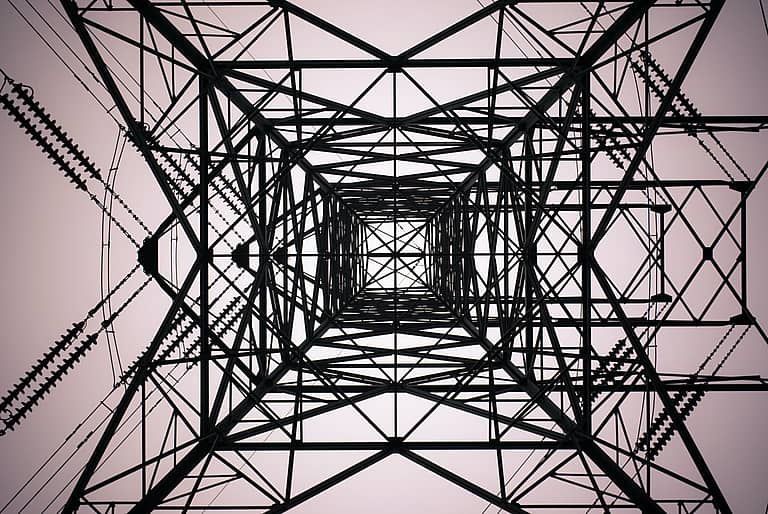While there’s a lot of attention given to drone detection and counter drone solutions, we also hear from customers about the need for higher levels of ground and air surveillance in the general aviation space.
In particular, at smaller, regional airports, when there are limited or even no personnel or control tower.
Small and medium-size airports run daily risks from the ground and the air, both with taxiing and taking off flights and with people on the ground. These can also be from both crewed and increasingly uncrewed aircraft, including rotary aircraft.
In the United States alone, there are close to 20,000 non-towered airports. General aviation commonly uses these sometimes crowded, unstaffed airports where low lighting conditions raise the risk of collision or damage. Rotary aircraft face additional concerns during takeoff and landing in low visibility situations.
Smaller airports and airfields are more likely to have staff, flight crews and passengers walking on the airfield, to and from aircraft. On top of that, they deal with planes arriving and departing without a formal notification (which also deprives the airport its lawful usage fees).
On the defense side, we hear of situations where an advanced team might secure a remote or challenging area to establish an airstrip rapidly. How do they quickly secure an area and make it safe for landings and takeoffs, again with various personnel on the ground?
Current collision avoidance solutions rely on other aircrafts’ transponders or clear, daytime conditions, leaving large gaps when flying at lower altitude, at night and around aircraft without ADSB requirements.
These all add up to higher risks of having to take sudden, unplanned evasive maneuvers and present some unique problems that new surveillance solutions can help solve quickly and affordably. It’s time to fill detection gaps with powerful proximity detection particularly at low altitudes where most collisions occur.
So – what’s the solution? MatrixSpace is an easy-to-deploy sensor solution, providing an important layer of surveillance in any weather conditions, day and night. An array of small radar system can avoid collisions or dangerous situations even in the dark, where cameras and optical systems are limited.
Detect non-transponder-equipped aircraft, bird strikes, non-regulated and uncrewed aircraft.
Enhance safety measures for general aviation aircraft that may not fall under the requirements for TCAS (Traffic Alert and Collision Avoidance System) installation.
For these smaller aviation situations, it’s an important detection system, requiring minimal infrastructure, which easily pays for itself with more accurate landing fees.


